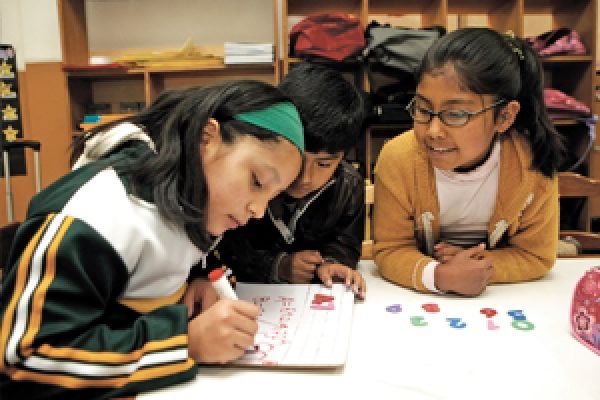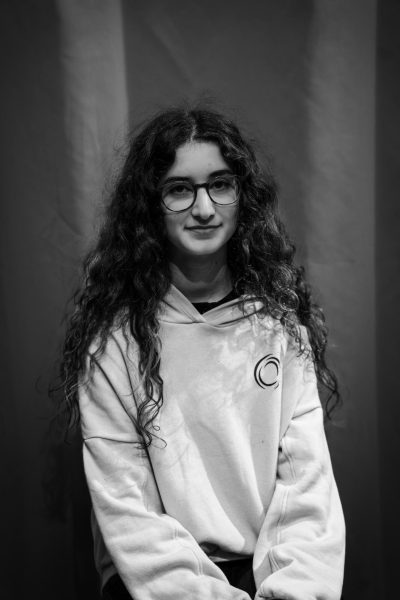Anti-Autism Bullying Exists; Autism Education Does Not

Organization for Autism Research
Nationwide, the push for adequate autism education is growing.
March 14, 2023
Tall and dark-haired, CRLS junior Henry Lesatele stands out in more ways than one: he’s autistic. Because of the way Lesatele presents and his deviation from neurotypical behaviors, he has been the victim of bullying from other students. Even being interviewed posed a challenge for him: while searching for the room, Lesatele kept showing other students and teachers his hall pass. “It was awkward,” he said. “They laughed at me.”
For Lesatele, this has been a pattern over the years. “People used to laugh at me for just doing normal things, like talking in a weird way, or looking around and not looking straight at a person,” he explained. “It’s been hard for me.”
Lesatele is not alone: out of 178 CRLS students surveyed by the Register Forum, nearly 70% witnessed or experienced hurtful actions relating to autism.
These trends unfortunately spread far beyond Cambridge. A 2012 study by Paul R. Sterzing et al. shows that autistic students are bullied nearly five times as often as their peers. Yet, unlike many other forms of discrimination, this is one that the Cambridge school district doesn’t take upon itself to teach.
“They try to teach us diversity, but it’s not very diverse,” Fatima Najri, ’26, said of the CRLS curriculum. “I haven’t learned anything about autism in school.” The same is true for many others in the district. Out of the nearly 180 CRLS students surveyed, 23.6% stated that they learned nothing at all about disabilities in school classrooms. The majority of respondents, nearly 50%, rated their education on the topic a two out of five.
“I love that my kids come home from school talking about diversity and the differences in our skin colors,” said special educator Rachel Parrish to the Register Forum. “But when it comes to disabilities, all they have is questions—‘Mommy what is that?’ ‘Is it bad?’ ‘Am I gonna get that too?’”
Autism can be difficult to understand and is often subject to stereotypes. Although there has been an increase in positive media representation of autism, autism is a spectrum, and the media tends to leave out the experiences of autistic individuals with a more profound diagnosis.
“I think the general population at CRLS is not really aware that we exist,” stated Casey Crosby-Chantre, the lead teacher of a sub-separate class in the post-graduate program. She works to support students between the ages of 18 and 21 who need more assistance in the transition to adulthood. “A lot of students with ASD struggle with interaction socially,” she said. “I also think everyone struggles with social interactions, and that it would be both helpful for students in our population and in the general population to see that everyone struggles with that.”
However, sub-separate classes are often very isolated, and there is little opportunity for interaction with the general populace. This lack of education can be harmful to students on all ends of the spectrum. Out of all the interviews conducted, the single belief that united them all was a want and need for understanding and awareness. “I believe that most people think I’m rude or awkward or weird,” Lesatele said of his autism. “I’m just trying to do a good thing. I’m trying to live my life, at the end of the day.”
This article also appears in our February 2023 print edition.









